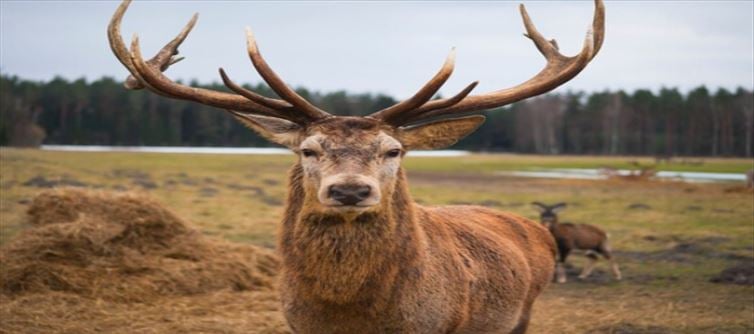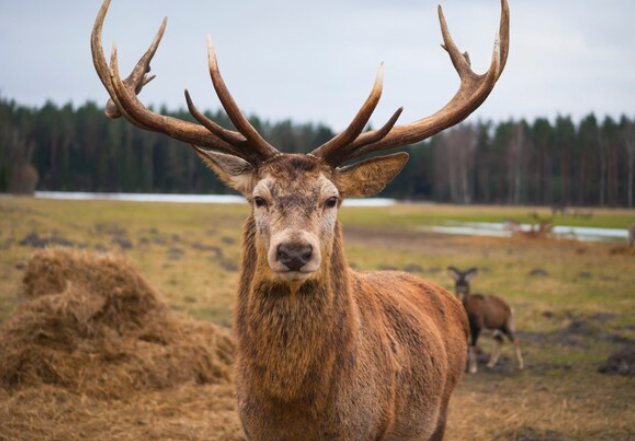
The world, amidst its advancements, is grappling with new challenges in the form of emerging diseases. Despite the prolonged impact of the global COVID-19 pandemic, a new threat has recently surfaced, known as the "Zombie Deer" virus. This adds another layer of concern for humanity, already stressed by the ongoing pandemic.

The virus, officially termed Chronic Wasting Disease (CWD), is currently confined to animals, particularly affecting wild species in North America. Researchers in the united states have issued warnings about the potential for the virus to cross species barriers and infect humans, raising the spectre of serious health problems.
The nickname "Zombie Deer" stems from the peculiar effects the virus has on infected animals. First identified in november of the previous year in the Yellow Stone National Park, the disease has since been reported in around 31 states in the united states, with a presence in regions like North America, Canada, and Norway. Animals such as deer, moose, and elk are known carriers of the virus.
Chronic Wasting Disease is characterized by its infectious and deadly nature, primarily affecting the brain and nervous systems of animals. This leads to both physical and mental deterioration, eventually resulting in death. The Centres for Disease Control and Prevention (CDC) state that it can take up to a year for infected deer to develop symptoms, which may include sudden weight loss and general lethargy.
As of now, there is no known cure or vaccine for this disease. While there have been no reported cases of Zombie Deer Disease in humans, scientists emphasize the need for governments to be prepared for potential outbreaks. The infectious nature of the virus and its potential threat to both animal and human health warrant a proactive stance to prevent further spread and potential impacts on public health.




 click and follow Indiaherald WhatsApp channel
click and follow Indiaherald WhatsApp channel